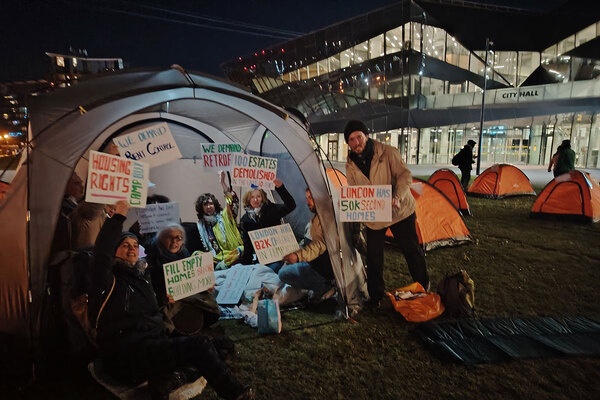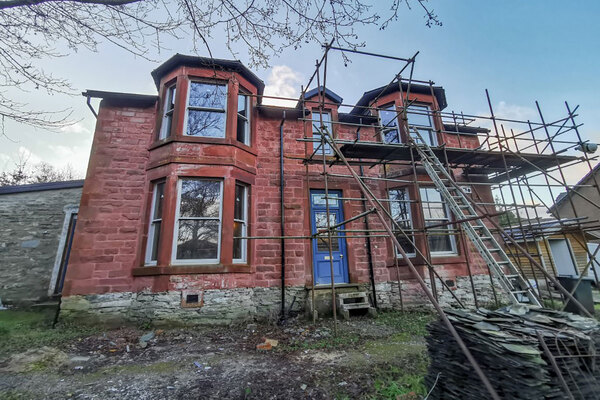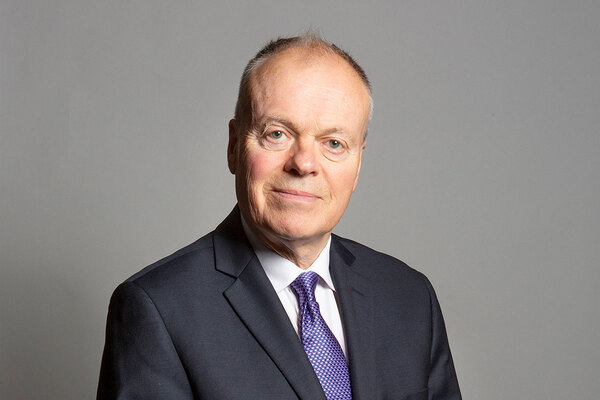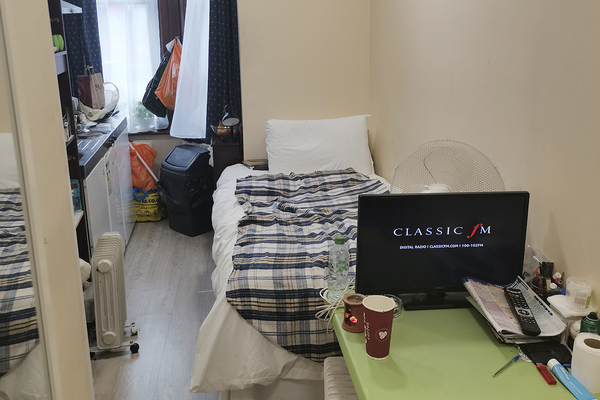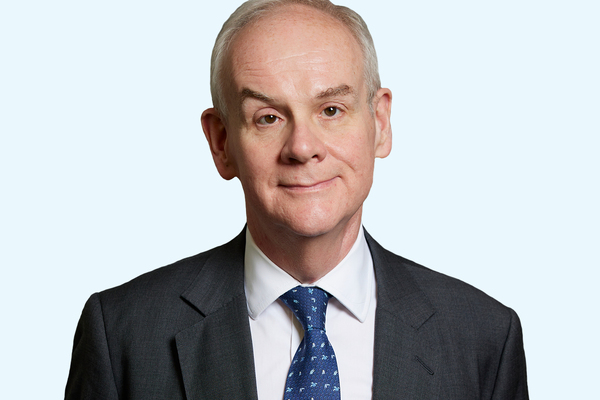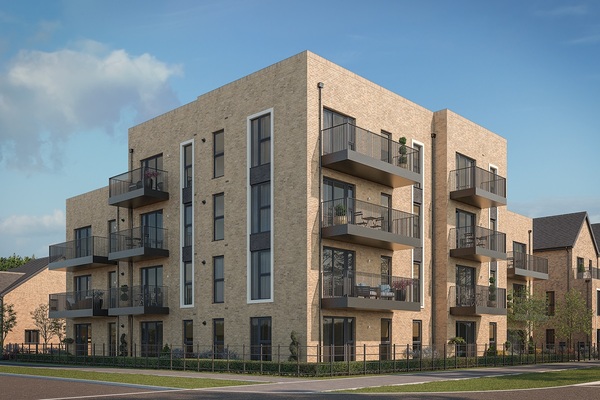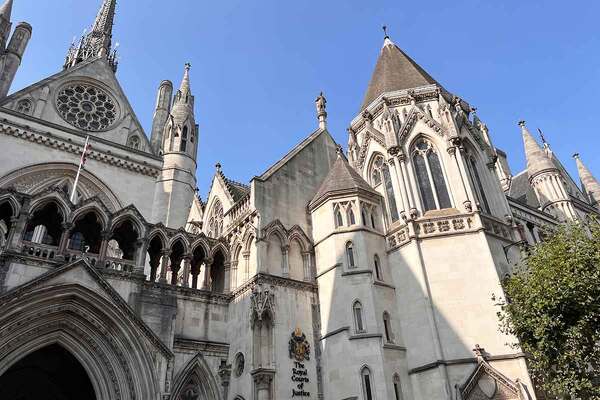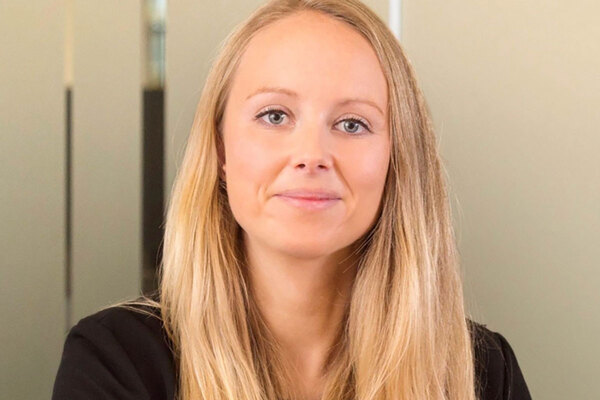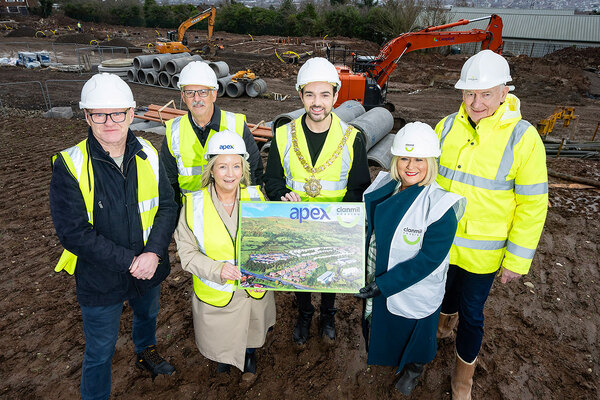You are viewing 1 of your 1 free articles
Unlocking housing potential
Collaboration among councils, housing associations and communities to transform empty spaces is essential to address the housing crisis, writes Henrietta Blackmore, national director of Habitat for Humanity GB
Across England, planning officers are racing against time to fulfil the government’s housebuilding ambitions. The goal is to build 1.5 million homes within the next five years.
Allocating land for more than 370,000 new homes per year while balancing residents’ concerns and adhering to climate commitments may seem impossible. Taking a fresh look at empty commercial spaces’ potential could therefore be a game-changer.
By converting these empty spaces into homes, genuinely affordable, high-quality and locally appropriate housing could be created. This approach can not only revitalise our high streets, but also significantly reduce our climate impact.
Many local authorities view empty commercial and business premises purely as a problem: a drain on revenue budgets and a blight on communities, dealt with by property managers and largely invisible to housing departments.
When conversion to housing is considered, it is often dismissed due to perceived complexities, resource constraints and the stigma of low-quality housing produced under permitted development rights.
This needs to change. With a new government and a fresh agenda, now is the time to act.
“With shifts in retail and working habits over the past few years, high streets are littered with empty units. Office vacancy rates are growing, particularly for lower-grade spaces”
In 2021, Habitat for Humanity GB commissioned research to explore the scale of this opportunity. It was estimated that around 7,000 commercial and business premises owned by councils in England, Scotland and Wales had been vacant for over a year. These publicly owned buildings alone could create more than 19,000 homes – without even considering the vast number of private residences that have sat empty for years.
The true potential is far greater. With shifts in retail and working habits over the past few years, high streets are littered with empty units. Office vacancy rates are growing, particularly for lower-grade spaces. While not all of these units would make great homes, many of them would – and we’ve shown how it can be done.
In Barking, east London, Habitat for Humanity GB worked with the local council to transform empty shop units into homes for care leavers. The project succeeded because it effectively connected council employees with differing priorities; focused on quality rather than quantity; engaged the community to address genuine needs; and leveraged corporate donations to help viability.
Doing this work well takes commitment from all involved, but the potential environmental and social benefits are enormous. If we meet the target of 300,000 new homes per year from new builds alone, then housebuilding will consume England’s whole cumulative carbon budget (to limit global warming to 1.5 °C) by 2050.
In contrast, creating a home from an existing structure is estimated to use 50%-75% less carbon than an equivalent new build.
Additionally, the vibrancy of town centres profoundly impacts how residents feel about the place where they live. Transforming empty spaces into much-needed housing allows people to live where transportation, work and social opportunities are more accessible. This, in turn, generates organic footfall to support local businesses, and increases the diversity of usage of town centres which helps make high streets feel welcoming and safe at all hours of the day.
“National and local governments can take several steps to facilitate high-quality conversions at scale. Nationally, planning reforms must provide clear direction, incentivise investment in social housing and prompt the reuse of existing buildings over new builds”
For councils, public sector partners and housing associations, the long-term benefits of this work are undeniable. As spending on temporary accommodation has increased by 35 percentage points over the past four years, focusing on long-term solutions will result in immense savings, reducing the strain on the public purse.
It is estimated that every £1 spent on homelessness prevention delivers a return of £2.80 in wider savings and benefits. Moreover, empty-space conversions allow councillors to demonstrate their commitment to a brownfield-first approach to development and collaborate directly with residents to find the right solution for spaces.
National and local governments can take several steps to facilitate high-quality conversions at scale. Nationally, planning reforms must provide clear direction, incentivise investment in social housing and prompt the reuse of existing buildings over new builds. Local partners need the capacity and resources to make long-term investments and long-term decisions, rather than being limited to addressing the most pressing short-term issues. Social investors should seize the opportunity to create lasting impacts in their communities. Habitat for Humanity GB is aiming to develop a funding vehicle to support this in the coming months.
While new planning rules are finalised, local areas can get ahead by forming empty-spaces taskforces, consisting of key players from local authorities, housing associations, developers, other public sector partners and community members. These taskforces could get to work now – identifying spaces with potential, designing solutions and bringing them to life.
Transforming empty commercial spaces into homes can address the housing crisis, reduce carbon emissions, revitalise high streets and help communities protect much-loved green spaces.
Now is the time for national and local governments to work with the sector to create lasting change.
Henrietta Blackmore, national director, Habitat for Humanity GB
Sign up for our daily newsletter
Already have an account? Click here to manage your newsletters


